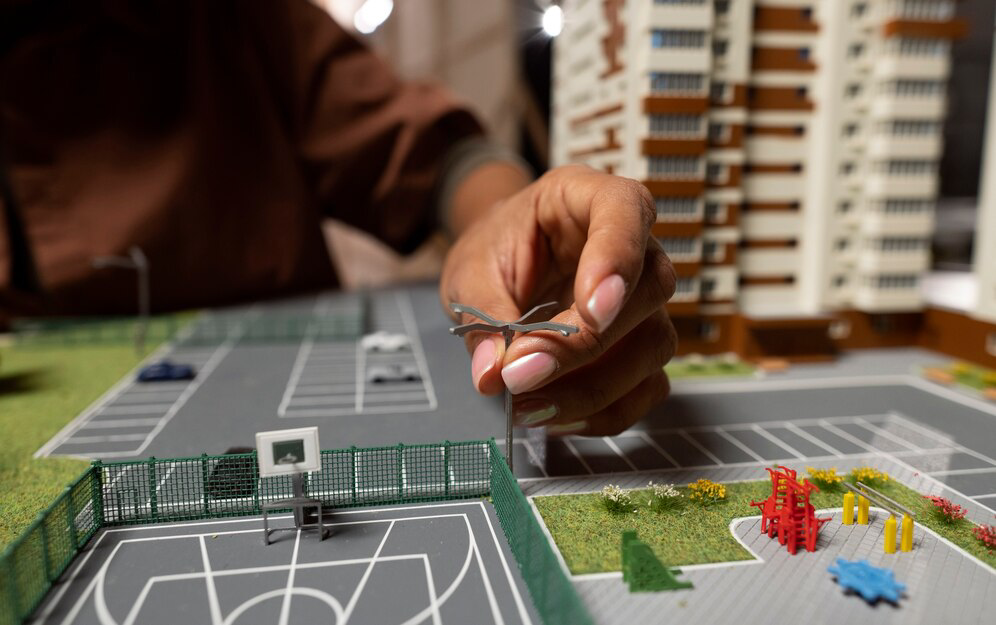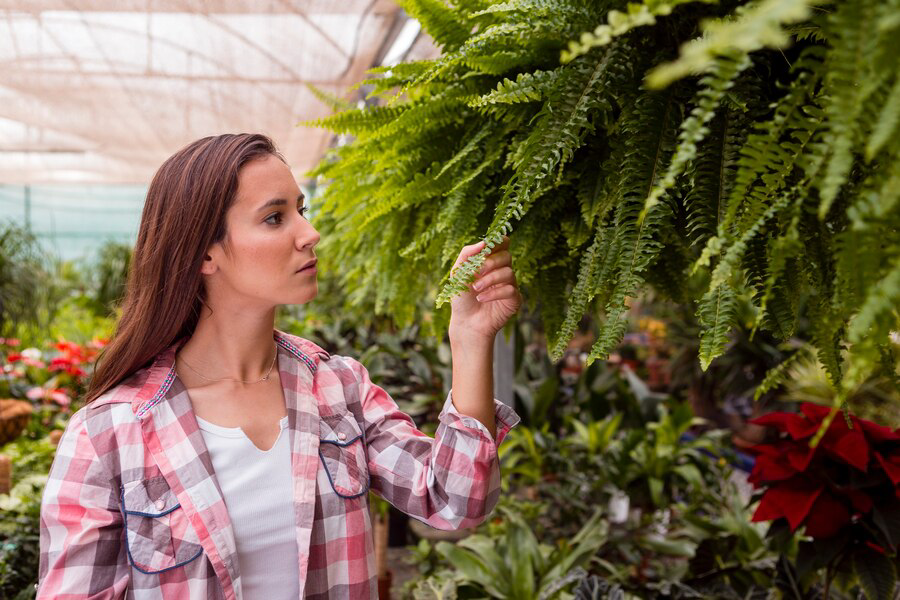Professional landscape design is a blend of artistry and science that transforms outdoor spaces into breathtaking environments. Whether you’re aiming to create a serene backyard retreat, an inviting front yard, or a functional outdoor living area, understanding the principles and techniques employed by professional landscape designers can help you achieve your vision. In this article, we’ll delve into the secrets of professional landscape design, uncovering valuable tips and tricks to elevate your outdoor spaces.
Understand Your Space:

Before diving into the design process, take the time to thoroughly assess your outdoor space. Consider factors such as the size and shape of the area, existing features, sunlight exposure, soil type, and climate conditions. Understanding these elements will guide your design decisions and ensure a cohesive and functional landscape.
Establish a Clear Vision:
Define the purpose and desired atmosphere of your outdoor space. Are you looking to create a tranquil oasis for relaxation, a vibrant garden for entertaining, or a practical outdoor kitchen for cooking? Establishing a clear vision will serve as the foundation for your design and help prioritize elements such as layout, plant selection, and hardscape features.
Embrace the Principles of Design:
Professional landscape designers rely on fundamental principles of design to create harmonious and visually appealing outdoor spaces. These principles include balance, proportion, rhythm, unity, contrast, and focalization. By incorporating these principles into your design, you can achieve balance between various elements, create visual interest, and evoke a sense of coherence throughout your landscape.
Focus on Functionality:
A well-designed landscape seamlessly integrates form and function to enhance usability and enjoyment. Consider how you will use the space and prioritize features that support your lifestyle and activities. This may include designated areas for dining, lounging, gardening, or recreation, as well as pathways, lighting, and drainage solutions to improve accessibility and safety.
Select Plants Wisely:
Plants play a crucial role in landscape design, providing color, texture, structure, and seasonal interest. When selecting plants for your garden, consider factors such as climate suitability, soil conditions, maintenance requirements, and desired aesthetic. Aim for a diverse mix of trees, shrubs, perennials, and annuals to create layers of visual interest and support local biodiversity.
Create Visual Hierarchy:
Establishing a visual hierarchy directs the eye and creates focal points within your landscape. Utilize elements such as focal plants, architectural features, water features, or art installations to draw attention and create visual interest. By strategically placing focal points, you can guide the viewer’s gaze and enhance the overall composition of your design.

Incorporate Hardscape Elements:
Hardscape elements such as patios, walkways, retaining walls, and pergolas add structure and definition to outdoor spaces. When incorporating hardscape features into your design, consider materials, textures, colors, and scale to ensure compatibility with your overall vision. Thoughtfully designed hardscape elements can provide functional areas for relaxation, entertainment, and circulation while complementing the surrounding vegetation.
Pay Attention to Details:
The devil is in the details when it comes to professional landscape design. Pay close attention to small-scale elements such as plant pairings, texture combinations, focal point embellishments, and seasonal accents. These subtle details can elevate your design, adding depth, character, and a sense of refinement to your outdoor space.
Conclusion:
Unlocking the secrets of professional landscape design requires a combination of creativity, technical expertise, and attention to detail. By understanding the principles and techniques employed by professional landscape designers, you can transform your outdoor space into a stunning masterpiece that reflects your personal style and enhances your quality of life. Whether you’re embarking on a major renovation or making subtle enhancements, incorporating these tips and tricks will help you achieve landscape design success. Contact us today to embark on your journey towards a beautiful outdoor oasis tailored to your unique vision and lifestyle.











